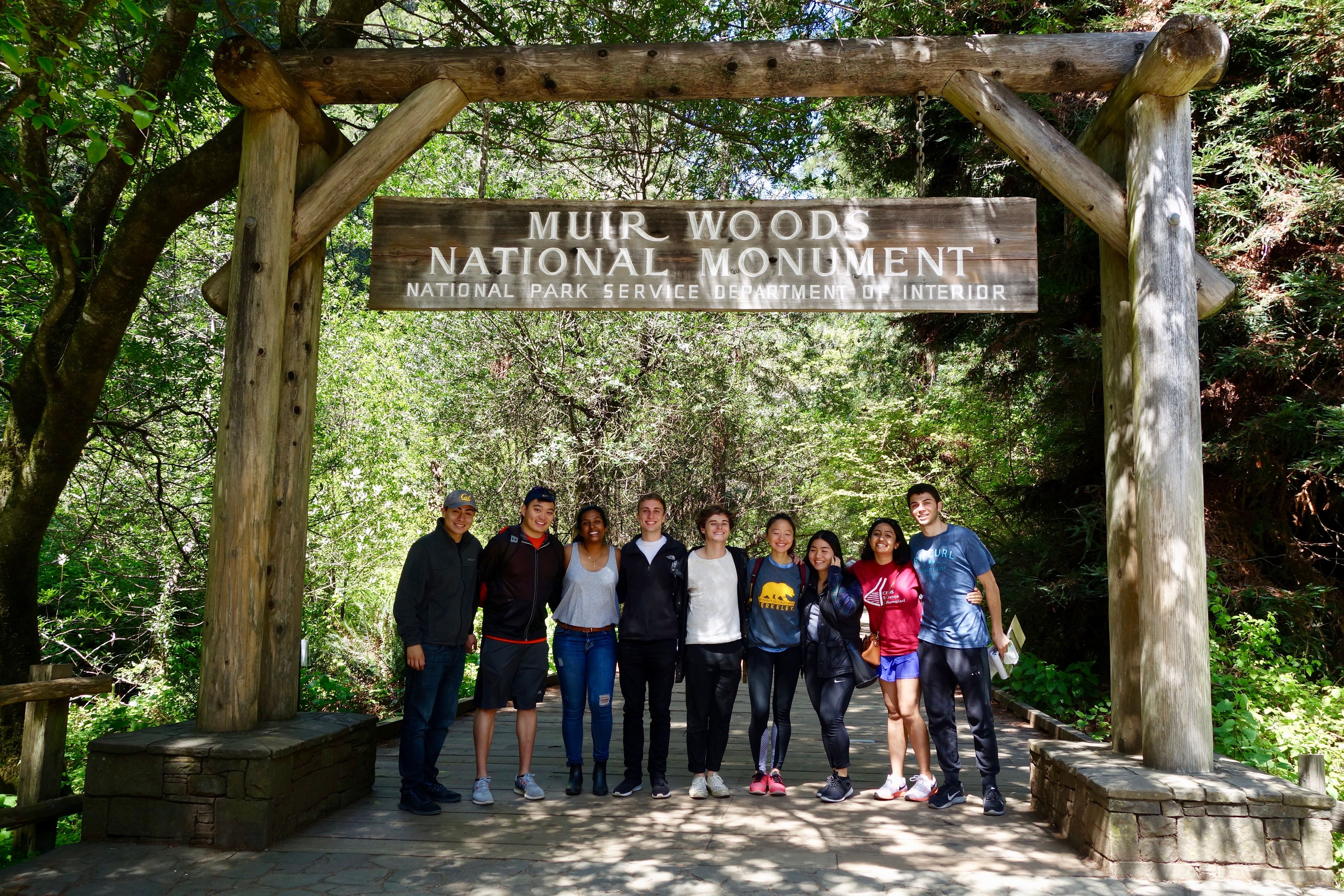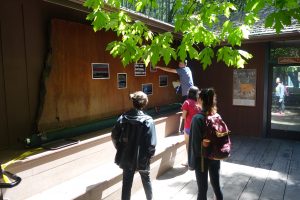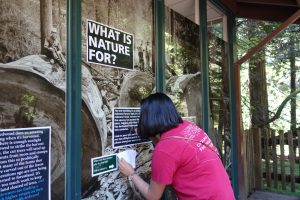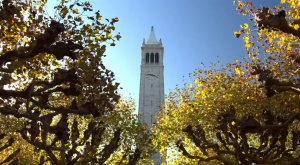By Stephen Chow
On the morning of April 14, 2018, our class set out for Muir Woods, about forty minutes from Berkeley. As we got closer to our destination the environment and atmosphere drastically changed from an urban city life to vast woodlands. Once we arrived at our destination, we were able to meet with one of the Park Rangers. Park Ranger Hector provided us with information about the layout of Muir Woods, environmental details, and project plans to maintain Muir Woods from having habitat degradation. Ranger Hector spoke of climate change that impacts the natural habitat of Muir. For example, there is a river that flows through Muir Woods in which salmon seasonally swim upstream to lay their eggs in the river. If climate change, such as global warming, continues to increase, the water level of that river will continue to decrease, causing the salmon laying ground to disappear. Another topic Ranger Hector addressed was invasive species entering the ecosystem of Muir Woods. He stated that there are Northern Spotted Owls that live in the woods. These owls are one of the main indicators of the health of the park and they are slowly becoming endangered because of the Barred Owls who are invading the Spotted Owls’ homes. The Barred Owl is bigger and more aggressive than the Spotted Owl; therefore the Spotted Owls are being bullied out of their habitat. The decrease in Spotted Owls indicates to the park that the animals and plants already living at Muir Woods are being invaded by unwanted invasive species, which will further cause more damage to the park if no solution is found. Overall, the Muir Woods trip provided me with more knowledge about how delicate national parks are when climate changes.









Be First to Comment